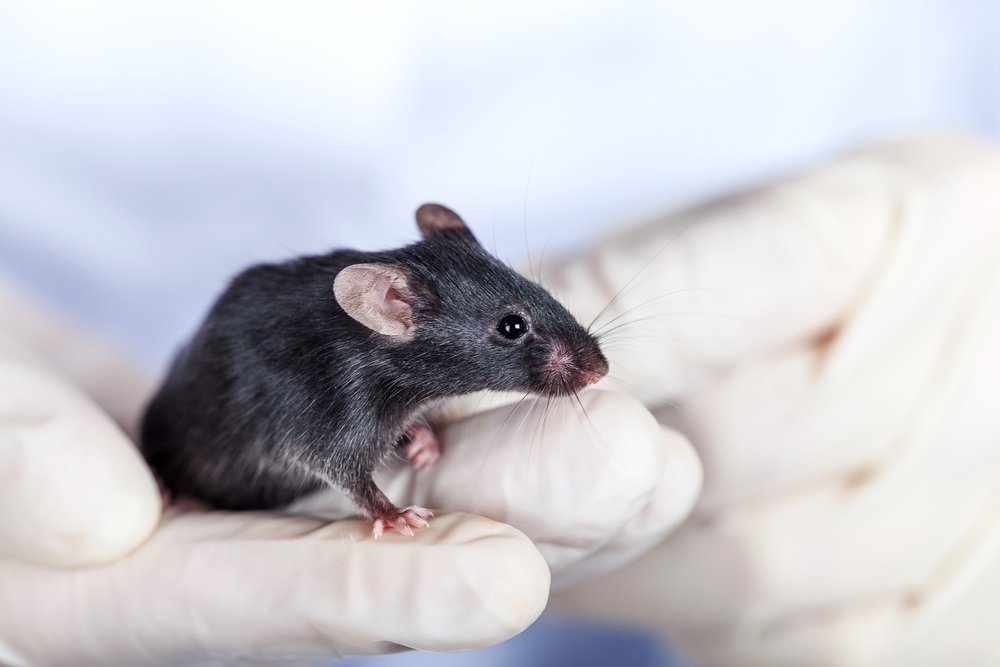Nintedanib Lowers Lung Blood Pressure in Rat Model of PAH, Study Shows

Treatment with nintedanib lowered lung blood pressure in a rat model of pulmonary arterial hypertension by preventing cells of blood vessel walls from changing identity, and by inhibiting smooth muscle cells from growing excessively, a study has found.
The study, “Nintedanib ameliorates experimental pulmonary arterial hypertension via inhibition of endothelial mesenchymal transition and smooth muscle cell proliferation,” was published in the journal PLOS One.
Pulmonary arterial hypertension (PAH) is a rare, life-threatening disorder caused by a narrowing of the arteries in the lungs, leading to high blood pressure. This process involves the remodeling of major blood vessels in the lungs, which is driven by several signaling cascades, including the platelet-derived growth factor (PDGF) and fibroblast growth factor (FGF) signaling pathways.
“Additionally, endothelial mesenchymal transition (EndMT) has been suggested to contribute to the progression of … lesions in [pulmonary arteries], which is a characteristic vascular abnormality in PAH,” the investigators wrote.
Of note, endothelial cells make up the lining of blood vessels; and EndMT refers to the process by which the genetic and molecular signatures of an endothelial cell change to those of a mesenchymal cell.
Nintedanib is an approved anti-fibrotic therapy (a medication that reduces lung tissue scarring), marketed as Ofev by Boehringer Ingelheim, for the treatment of idiopathic pulmonary fibrosis (IPF). The medication works by interfering with the PDGF and FGF signaling pathways, which are known to be overly active in IPF patients.
“Although the beneficial effects of nintedanib were demonstrated for human idiopathic pulmonary fibrosis, its efficacy for PAH is still unclear,” the researchers wrote.
To explore the therapeutic potential of nintedanib in PAH, a group of researchers from the Juntendo University in Tokyo, Japan, performed a series of experiments to determine the effects of the medication in human endothelial cells, and in smooth muscle cells from lung blood vessels cultured in a lab dish and in a rat model of PAH.
In vitro experiments performed on human cells cultured in a lab dish revealed that treatment with nintedanib prevented endothelial cells from undergoing artificially-induced EndMT — their typical “cobblestone” appearance did not change to a “spindle-shaped” morphology characteristic of mesenchymal cells.
Furthermore, nintedanib reduced the levels of mesenchymal markers in endothelial cells that had been stimulated to undergo EndMT, but it did not affect the expression levels of endothelial markers. The therapy also reduced the proliferation (growth) of smooth muscle cells from pulmonary arteries that had been been treated with a combination of growth factors.
Then, the investigators assessed the effects of nintedanib in a rat model of induced PAH. To trigger the onset of the disease, the animals were treated with Sugen5416 and exposed to chronic hypoxia (lack of oxygen). Animals were then treated with nintedanib.
As expected, rats with PAH developed lesions in their pulmonary arteries that were positive for PDGF and FGF receptors’ phosphorylation (a chemical modification indicating both signaling cascades are active).
However, in animals treated with nintedanib, both receptors remained unphosphorylated. This in turn led to significantly fewer lesions, and less thickening and remodeling of pulmonary arteries, resulting in a substantial improvement in pulmonary hemodynamics — how the body’s circulatory system ensures a constant blood flow and pressure to blood vessels in the lungs.
In addition, the investigators found that animals treated with nintedanib had lower expression levels of Twist1, a protein that regulates the expression of other genes involved in EndMT. This result agreed with their previous findings in human endothelial cells cultured in a lab dish.
Based on these results, the team concluded that nintedanib has beneficial effects “for PAH in vitro and in vivo,” and suggested that “an expanded indication of nintedanib for the treatment of PAH would be advantageous, since nintedanib has been approved already for the treatment of other human diseases with good tolerability.”
“Although further investigations are necessary, the results of this study indicate that nintedanib may be a novel additional option for the treatment of human PAH, with an anti-vascular remodeling effect,” the researchers said.







